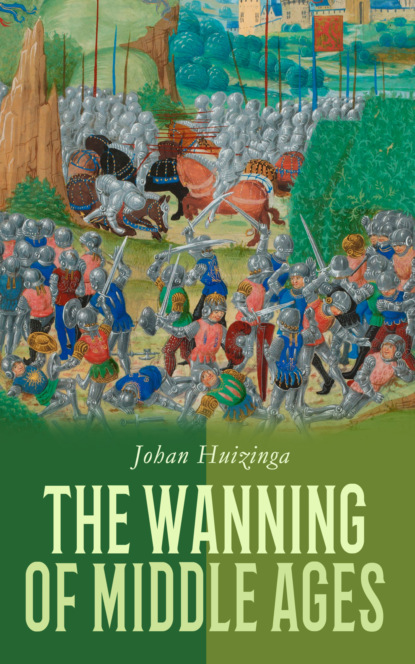Sayfa sayısı 450 sayfa
0+
The Wanning of Middle Ages

Kitap hakkında
The Waning of the Middle Ages by Johan Huizinga presents a richly detailed examination of European society in the fourteenth and fifteenth centuries, illuminating the profound cultural, social, and religious currents that shaped a transitional period. In this masterful study, Huizinga focuses on the powerful interplay between spiritual devotion, chivalric ideals, and evolving artistic sensibilities. He reveals a world marked by heightened emotions, where codes of honor, courtly expressions of love, and vivid displays of pageantry coexisted with an undercurrent of pessimism, underscored by the ever-present specter of mortality.
Huizinga's work underscores how medieval thought, steeped in symbolism and ritual, gravitated toward dramatic expressions of faith. Imaginative depictions of sacred themes dominated art, literature, and social ceremonies, reflecting a culture acutely aware of both the fragility of life and the promise of salvation. At the same time, an emerging realism began to temper these symbolic forms, heralding a shift toward more pragmatic concerns and paving the way for the dawn of a new era.
Within this landscape, concepts of hierarchical order and chivalry intertwined, shaping political and military endeavors while also providing a framework for romantic and moral ideals. Huizinga deftly explores how these values influenced society at large, establishing a legacy that impacted subsequent theological debates and cultural developments. By tracing the gradual dissolution of medieval perspectives, he reveals the intricate nexus of belief, societal structures, and aesthetic practice that would eventually give rise to Renaissance innovations.
The enduring importance of The Waning of the Middle Ages lies in its nuanced portrayal of this complex epoch. Huizinga's visionary scholarship continues to resonate with historians, theologians, and cultural theorists, cementing his reputation as a pioneer in the field of cultural history. His legacy endures, demonstrating how deeply faith, art, and communal values are interwoven in the fabric of historical change.
